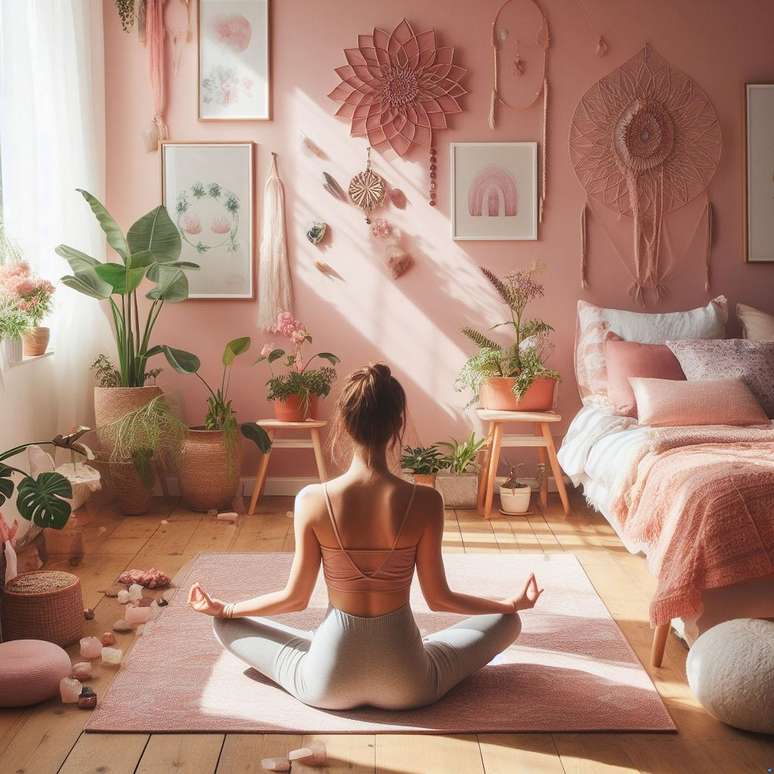The technique that combines yoga and neuroscience in search of improvements in physical and mental health You surely know (or already love) yoga. The practice focuses on the execution of postures (asanas), controlled breathing exercises (pranayama) and meditation, which have been present in the world for more than five thousand years. Numerous studies and research prove this […]
The technique that combines yoga and neuroscience in the search for improved physical and mental health
You surely know (or already love) yoga. The practice focuses on the execution of postures (asanas), controlled breathing exercises (pranayama) and meditation, which have been present in the world for more than five thousand years. Countless studies and research demonstrate the effectiveness of the technique for emotional and physical health. Promotes a significant improvement in the overall quality of life. What if it could get even better?
This is the case of NeuroYoga, the result of studies and practical experiences that combine Yoga and Neuroscience to seek improvements in health, as stated by yoga teacher and naturopath Ravi Kaiut. “It uses the combination of different principles and relevant knowledge from traditional practices, such as asana, pranayama, meditation and concentration, for benefits on the nervous system. This is not a new practice, but rather a specific focus within yoga practice in general,” he explains.
Main points worked on in NeuroYoga
According to the professor, the main objectives of the practice include:
- Improved brain plasticity (the reduction in joint stiffness brought about by the practice of yoga expands the neural connection with the worked areas);
- Reduction of cognitive rigidity (which leads to greater adaptability to difficult situations);
- Modulation of the autonomic nervous system (reducing the negative impact of stress);
- Improved brain connectivity and increased brain activity in specific areas (brain growth).
“On top of all that, it improves concentration, increases muscle tone, reduces pain, improves memory and provides more mobility,” adds Kaiut.
Everyone can do it
The best thing is that anyone who wishes can learn and practice NeuroYoga. “There are no age limits. The study, being modular, will always welcome all those who seek a greater understanding of the functioning of the body and brain”, explains the professional.
Step by step from neuroyoga
There are specific practices that can be easily integrated into people’s daily routines. The main one is breathing for moments of anxiety, which Kaiut teaches us below:
- Begin with a deep inhalation, drawing air in through your nose and filling your lungs completely, from the base up, as if you were filling your abdomen with air.
- Then take a shorter inhalation, filling the last spaces in your lungs as if it were the last touch of an overflowing glass.
- Finally, let all the air leave your body with a calm, long exhalation, again through your nose. Take a moment to completely empty your lungs.
“When done correctly, this technique can help not only reduce stress and promote relaxation, but also improve body awareness.”
Source: Terra
Ben Stock is a lifestyle journalist and author at Gossipify. He writes about topics such as health, wellness, travel, food and home decor. He provides practical advice and inspiration to improve well-being, keeps readers up to date with latest lifestyle news and trends, known for his engaging writing style, in-depth analysis and unique perspectives.








